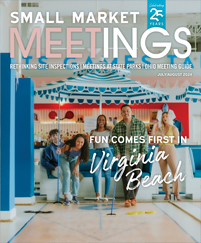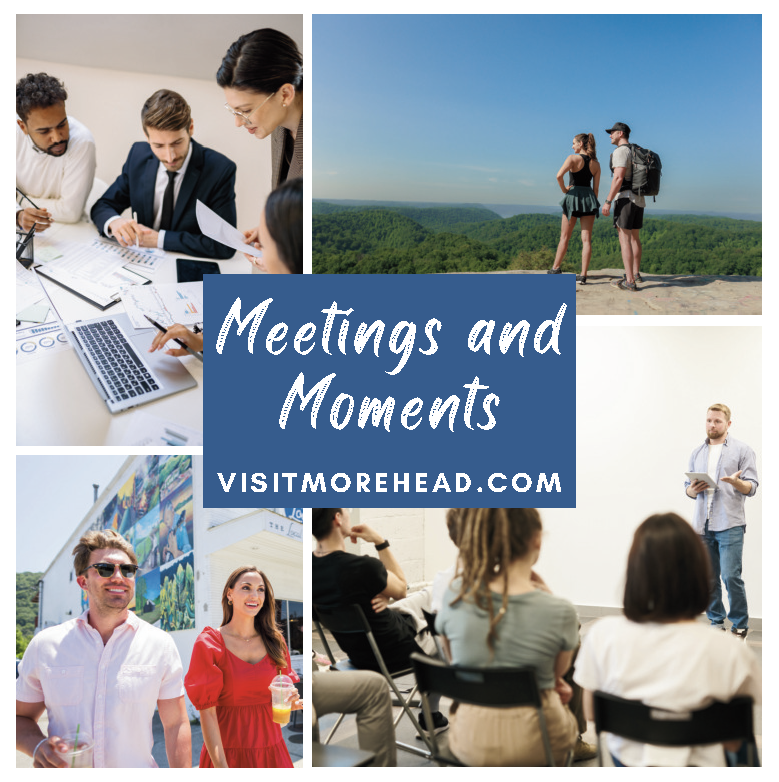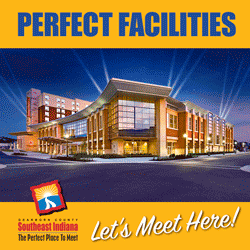Board meetings or bored with meetings? For some, little distinction exists between the two. After all, with packed agendas and high stakes, board meetings don’t allow much room for frivolity. But that’s not to say they still can’t be enjoyable.
For planners, the major challenge of conducting a board meeting is finding balance between encouraging productivity and energizing attendees. Here are some tips for cultivating a meeting the board will actually look forward to.
Get Acquainted
At any meeting or event, it’s important for a planner to know their audience, and that’s especially true at board meetings. This is because most board meetings are attended by a smaller number of high-ranking attendees who qualify as “very, very important people” (VVIPs). That means getting to know them is crucial.
“It is up to the meeting planner to know all details about the attendees,” said Colleen Earley, meeting and events professional at CME Events. “I’m talking where they’re from, where they’re coming from, all their needs, from dietary to the kind of pillows they want in their room.”
Knowing these details ensures a planner won’t miss the mark on anything important, such as accommodating food preferences or allergies.
It’s also important to get to know the board in a broader sense. Andrea Cannistraci, founder and president of Andgreat, a marketing, branding and events company, recommends “understanding the culture and personality of the client and what they want to achieve.”
If the association or company is laid-back, they may appreciate a less traditional venue or fun activities on the side, while a board full of bankers or executives may prefer a more traditional hotel boardroom. If company culture is all about cocktails, arranging a mixology activity might be a fun addition to the afternoon session. If an association prioritizes sustainability, planners would be prudent to implement environmentally friendly practices.
Getting a history of the board’s past meetings is very helpful because it can tell you what has or hasn’t been successful at past board meetings. Even if a client doesn’t know exactly what they want, they can usually tell a planner what they don’t want. This helps planners create a meeting with the right atmosphere and feel. If it matches their culture and goals, the company will be well represented.
“We ask a lot of questions of clients,” said Jaclyn Bernstein, president and partner at Empire Events. “We ask them what they have done in the past, what don’t they want. We’ll get the historical approach.”
It’s also a good idea to form strong relationships with local partners, such as the hotel, suppliers and the CVB. In addition to providing amazing resources, these entities can give planners insight into local culture and ask questions planners may not think to ask. If a sales rep at a venue or the CVB has a stake in your meeting, they often go above and beyond to help it be successful.
“Creating that partnership and that trust is extremely important. I know the meeting will be successful because the salesperson has my back,” said Earley. “Same with the CVB; they have this level of expertise and commitment that is just unparalleled.”
Location, Location, Location
When you hear the term “board meeting,” it’s easy to picture a sparsely decorated room with a large conference table. Depending on the organization, association or company hosting the meeting, that setting may be appropriate, but that doesn’t always have to be the case. The location of a board meeting can elevate the event and make the difference between a drudging meeting or something attendees are excited to attend.
“I think it’s important to have an environment that’s conducive to getting work done, but also I’m not a fan of planning in four walls with no windows,” Cannistraci said.
For a location that promotes productivity without blandness, look for a room with interesting décor and natural light. In addition to being aesthetically appealing, attractive surroundings can boost creativity and add an element of interest to the meeting. It should also be a quiet and private space with minimal interruptions. Finally, it should be a large enough space that board members won’t feel claustrophobic or be sitting elbow to elbow.
Boardrooms in chain hotels may meet these criteria. But depending on the board, there may be a more tailored option.
“I really recommend the smaller cities that have boutique hotels that are walkable,” Earley said. “When it comes to board meetings, you can get that very personalized service from a smaller venue.”
In addition to the quality of service offered by a boutique hotel, it may have décor or history that adds to an interesting ambience. Planning the meeting in a small, walkable city cuts down on the need to secure transportation if the meeting goes off-site for lunch or an activity. It also ensures the board is a big fish in a small pond and that the meeting gets all the attention it needs to be successful.
Planners can’t always dictate where the meeting will be held; sometimes it piggybacks off other events or is bound to a city or region that’s agreed upon by the board. But even if they can’t choose the city, planners can often suggest venues.
Look for quiet rooms in interesting locations. Cannistraci planned a recent board meeting on the top floor of a coffee shop that had multiple walls of windows overlooking the beach. She chose the location because it was private, had an inspiring view and a chic feel, and was comfortable. It also had the added plus of serving coffee beverages to attendees.
All sorts of interesting locations, from museums to restaurants to boutique hotels, offer rooms ideal for board meetings. No matter where a planner chooses, it’s good to highlight elements of local culture.
“I always like people to feel they’re not just in any hotel room or any conference room in any city,” Cannistraci said. “Capitalize on the location and try to marry the local culture with whatever you’re doing.”
Details Matter
Board meetings are where all the big decisions are made, including an organization’s budget, goals and strategies. That’s why the agenda for a board meeting is often packed and why the stakes are so high. To help a board meeting run seamlessly, it’s important to focus on the finer details.
“A board meeting for 20 is as important as an incentive program for 220,” Bernstein said. “We make a production out of everything.”
Fine details can include everything from double-checking the AV equipment to making sure the chairs are comfortable enough.
Setting the agenda for the meeting will vary based on how long it’s been since the previous gathering. If the board meets monthly, it will likely be a lot shorter meeting than if it’s been a year. Regardless of how much time the meeting will take, it’s a good idea to get the harder stuff done first thing and save any fun or off-site activities for later. To keep things fresh, planners should build at least two breaks into the schedule throughout the day, one in the morning and afternoon.
“I do recommend any board have a facilitator on-site to keep track of minute by minute and keep the conversation going,” Earley said.
Food is another detail that can make or break a board meeting. If the meeting begins first thing in the morning, it’s good practice to provide attendees breakfast. During breaks, offering light, healthy snacks can help keep people alert and focused. While doughnuts may seem like an easy option, the last thing a planner needs is for their attendees to be fighting sleep during a mid-morning sugar crash.
Earley recommends going off property for lunch if possible. “A walkable location is great,” she said. “And that provides a nice relief and a change of scenery.”
Another added detail that elevates the meeting is choosing food that ties in with its location. If the meeting is held near the Willamette Valley in Oregon, a region known for its farm-to-table fare and award-winning wines, it would be a missed opportunity to order lunch from a chain restaurant.
“If we’re at a restaurant or using a caterer, we constantly ask ‘what are your signature dishes here, what’s the chef’s specialty?’” Bernstein said. “And wouldn’t it be fun if the chef came out and explained it?”











